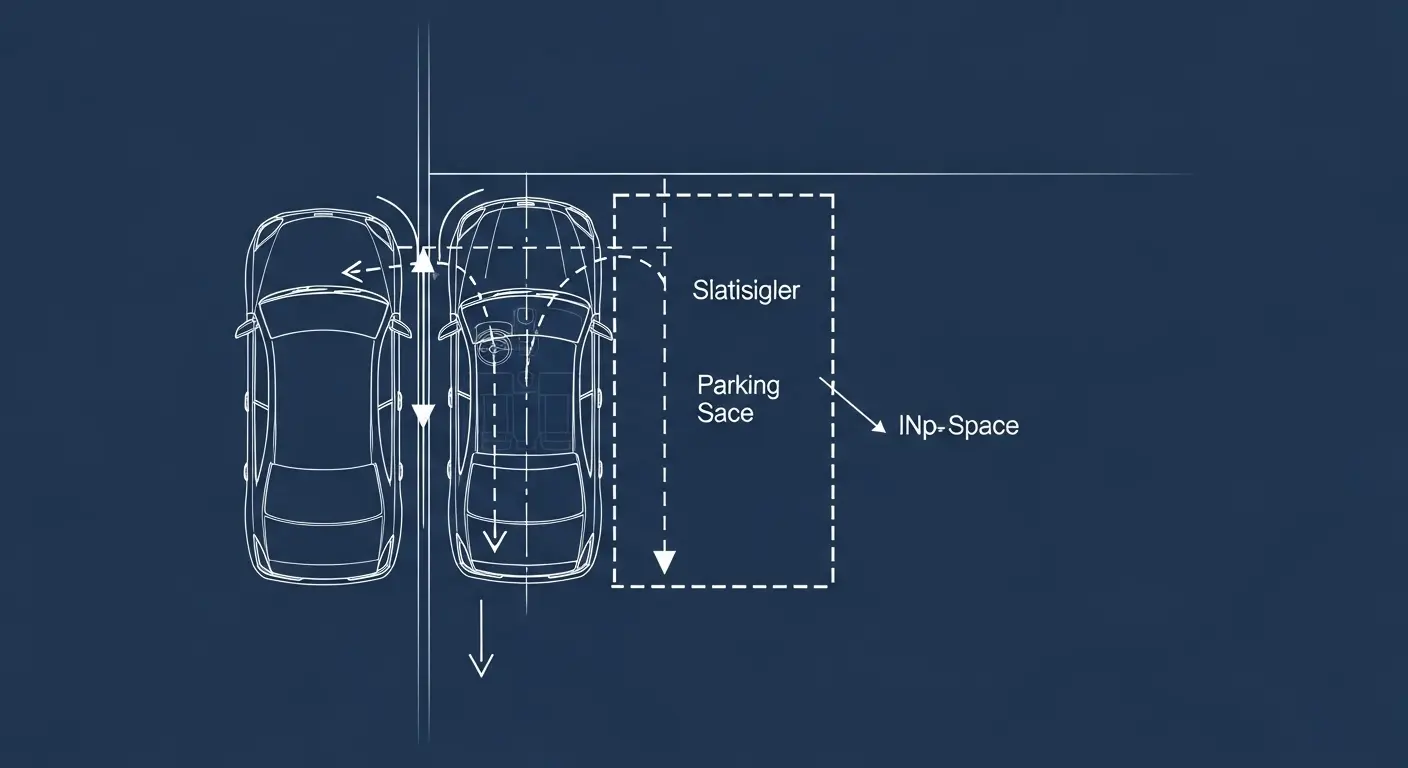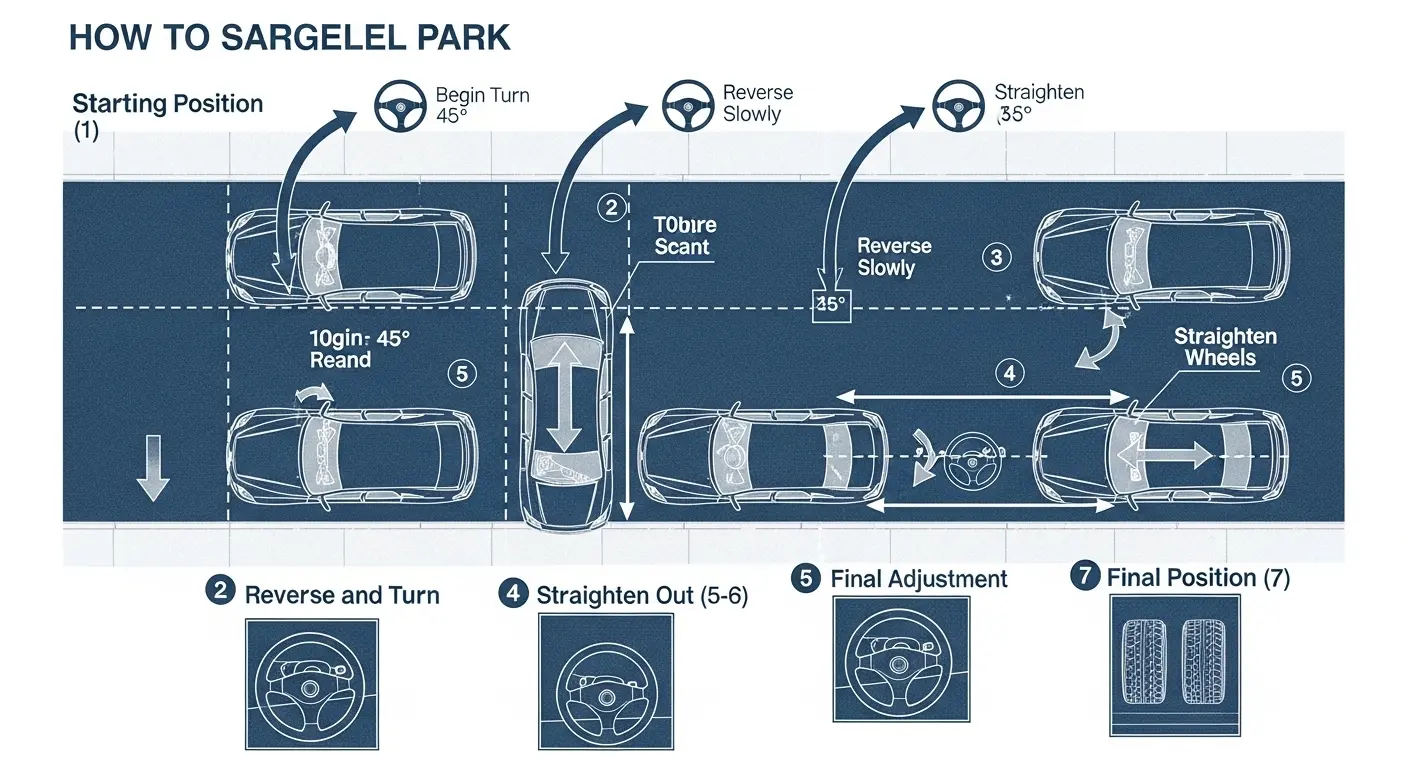Pre-Operative Briefing
Scrub in. We have a delicate procedure ahead. The patient—your vehicle—requires insertion into a rather tight operating theater. Many find this daunting. They approach with sweaty palms and a frantic, haphazard technique, endangering the surrounding vital organs and risking a catastrophic arterial rupture against the curb. I do not. I approach with a surgeon’s calm. This is not driving; this is a controlled, precise insertion. Let us begin.
Step 1: Assessing the Operating Theater
Before making a single incision, you must assess the environment. A successful outcome depends on proper preparation. Your operating theater—the parking space—must be fit for the procedure.
- Viability Check: The space must be, at minimum, one and a half times the length of your patient. Attempting to force an insertion into a smaller cavity is malpractice.
- Initial Positioning: Pull the patient alongside the vehicle anterior to the space (the forward organ). Align your patient’s rear bumper with that of the adjacent vehicle. This is your primary point of reference.
- Maintaining a Sterile Field: Ensure approximately two to three feet of lateral clearance between your patient and the adjacent vehicle. We require adequate room to maneuver our instruments without contamination.
Step 2: The Primary Incision (The 45-Degree Entry)
This is the most critical phase. Precision here dictates the success of the entire operation. Engage the patient’s reverse gear. Your full attention is required.
With the transmission in reverse, turn your steering wheel—your scalpel—fully toward the curb. Begin moving backward, slowly and deliberately. Your gaze should be fixed on your passenger-side wing mirror. You are watching for the patient’s front door to align with the rear bumper of the forward vehicle. At this moment, your patient should be at a perfect 45-degree angle to the artery. This geometry is non-negotiable.

Step 3: Suturing the Trajectory
You have made the incision. Now, we guide the patient into the cavity without causing trauma. As soon as you have achieved the 45-degree angle and the correct alignment point, it is time to suture.
Straighten the scalpel by turning the wheel back to the center position. Continue reversing in a straight line until your patient’s front bumper has completely cleared the rear bumper of the forward vehicle. Do not hesitate. Once it is clear, immediately turn the scalpel fully away from the curb. This counter-steer is the suturing motion, swinging the front of the patient cleanly into the operating theater. Keep a watchful eye on the posterior organ via your rearview mirror.
Step 4: Post-Operative Care & Final Adjustments
The primary procedure is complete. The patient is in situ, nearly parallel to the curb. Stop the reverse motion. The final phase is about stabilization and aesthetics. Straighten your wheels once more. You may now need to pull forward slightly to center the patient perfectly between the anterior and posterior vital organs, ensuring equal buffer zones. Assess your distance from the artery. A perfect procedure leaves six to twelve inches of clearance—close enough for stability, far enough to avoid abrasion. The patient is stable. You may now step away from the operating table. Procedure complete.
